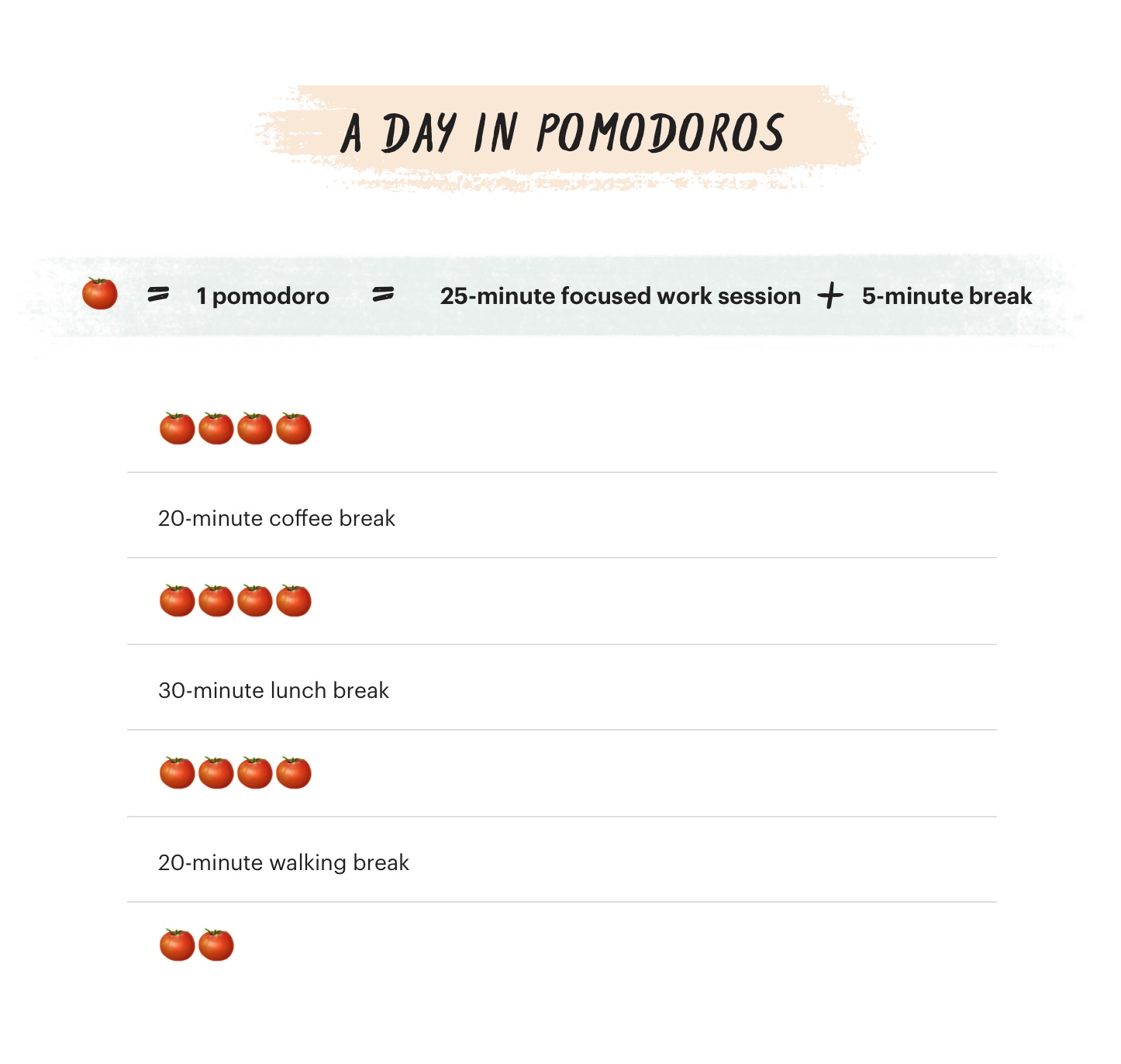Any Todoist task with a date and time will automatically show up as an event in your new Todoist calendar. Any task with a date but no time will show up as a day-long event. During your weekly review, give each task you want to accomplish a date and/or start time by typing something like “Monday at noon” or “Every Friday at 9am” into. Custom event durations Set a custom event duration from Todoist on a task by task basis by typing something like 80m into the task name. When you save the task, “80m” will be removed from the task name and a new Google Calendar event will be created with a duration of 1 hour and 20 minutes. A task manager you can trust for life In the 14 years and 76 days that we’ve been building Todoist, we’ve never considered selling out or becoming acquired. Our team is committed to staying independent and earning your trust for as long as you need our apps. Learn about our long-term mission.
Todoist is one of the world’s most popular to-do list applications and flooded with powerful features for managing your tasks but also your sanity.
You've probably experience overdue tasks at least a couple of times.
The truth is that we all usually over-estimate what we can do in a day, assigning too many tasks in our daily to-do list and getting overwhelmed as an outcome. This can lead us to feel guilty, anxious and, consequently, uninspired.
This is where Todoist built-in Smart Schedule comes in handy.
What is Todoist Smart Schedule?
Todoist Smart Schedule feature uses predictive modelling to help you plan your tasks in advance. Pretty smart huh!?
The scheduling function learns from your personal productive habits and considering, at the same time, the behaviour of all Todoist users, in order to predict the best time to schedule your own tasks.
According to the official article on the Doist blog, Smart Schedule takes into account the following task and life attributes:
Your Habits
Task Urgency
Workdays vs. Weekends
Upcoming Tasks
Your Daily and Weekly Goals
And more…
How it SMART SCHEDULE works

rescheduling multiple tasks
In order to schedule (or reschedule) multiple tasks at once, you just have to select them CTRL (Windows) or CMD (macOS) + SHIFT and click Schedule in the menu at the top.
Then click Smart Schedule and see the suggested due dates and then click Update. You can also edit the suggested due date for each task if it doesn't suit your needs.
Rescheduling a single task
The process to reschedule a single task is even easier.
Just go over your task, click on the date field, then from the drop down menu click the suggested date shortcut and it will be automatically saved.
when and why to use it
As you can see Todoist Smart Schedule is very easy to use and you can also customize it according to your own need.
It can be useful to easily reschedule overdue tasks or simply when unexpected circumstances would bring you away from your work (think an unexpecting meeting, for example, or even a job trip) as well as to prepare yourself to leave for vacation, you could reschedule in bulk a bunch of tasks for when you’ll be back to work.
Let’s also not forget those days when you wake up and you feel like you just can’t do it! Whether postponing your work is not often a suggested option, there are some exceptions when it can be actually recommended in order to clear your mind and regain focus.
Setting a realistic schedule for your tasks can be a tricky thing. Using a tool like Smart Schedule can help you to optimize your time planning the day and week to come.
Additional Resources
Todoist’s official guide: Set due dates with Smart Schedule

A lot has changed since the turn of the century twenty years ago. The average person today receives over 60 emails per day, and the number of instant messages, Facebook, Twitter, YouTube and Slack notifications can be overwhelming. Yet with so many new inputs and digital distractions, the way we manage all these inputs has not changed in over twenty years.
Most productivity advice recommends we organise our tasks by projects, and given the definition of a project is any task that requires two or more steps to complete, this means we now have hundreds of projects to manage. Just keeping on top of all those projects takes up a disproportionate amount of time each day, leaving us with precious little time to get on with the work we are trying organise.

There must be a better, more effective way to manage our work in 2020. Well, there is.
Introducing the Time Sector Method.
The TimeSector Method does not organise your work by project. Instead, it holds your tasks by when you are going to do them—a much more natural and intuitive way to manage your work.
If you think about it, the only thing that matters is when you will do a task. The only factor that will tell you whether you can do a task or not is available time. It does not matter how much intention, motivation or inspiration you have to complete a task; if you don’t have time to complete it you will not complete it.
When you organise by project tasks often end up in a project folder only to be lost and forgotten. With a time sector, a task can be evaluated by when you will do it and whether you have enough time to do it based on what your current priorities are.
Simplicity built-in
Processing your collected tasks is simple. You only need to decide when you will do a task:
Do you need to do it this week? Add a day you will do it and put it in this week’s sector.
Can it wait until next week? Put it in next week’s sector.
Are you not sure yet? Put it in this month’s sector.
Can it wait until next month? Put it in next month’s sector.
Does it not need doing until later in the year? Put it in your long term sector.
When you are engaged in doing work, you only need to refer to one place—this week’s sector—and focus on completing those tasks. As long as you clear out this sector by the end of the week you are getting your work done, your priorities are moving forward, and nothing is forgotten.
Todoist Calendar Duration
Built-in routines and areas of focus
There are tasks you have to perform on a daily, weekly or monthly basis that do not take your work or goals further forward—things like washing the car, taking the garbage out, paying your bills etc. With the Time Sector Method, you create a sector for your recurring routines and areas of focus, so they just come up when you need to see them, so you do not have to reorganise these every week or month.
Then there are your areas of focus, tasks that do move you towards achieving your goals and work projects. With these, you establish the critical tasks—the tasks that drive 80% of your progress—and make them recurring tasks that appear in your day view when they need to be completed.
Wait! Where do I manage my projects?
Good question. Projects are managed in your notes app. A much more logical place to manage projects. Your notes app can hold images, files, links, meeting notes, Gantt charts and progress bars. You can brainstorm ideas, review where a project is and share notes with your colleagues, so your list of tasks is not compromised by well-meaning co-workers and bosses.
As you are developing your goals and projects, you can add tasks that need doing directly to the relevant sector. As long as you are doing a short daily and weekly planning session consistently, nothing will be missed, and tasks will be completed on time.
The Time Sector Method is a productivity system fit for the twenty-first century. Designed for simplicity and created to give you more of your time back so you can get your work done on time and without the stress, overwhelm and organising older productivity systems create.
The Time Sector course will show you:
How to set up your time sectors
How to use your areas of focus and routines folders
How to collect your tasks and process them into their right time sector
How to use the Time Sector Method
How to do the daily planning session
How to use dates with your “This Week” time sector
How to do the weekly planning session
How to manage your goals and projects
How to set up the Time Sector Method in Apple Reminders
How to set up the Time Sector Method in Microsoft To-Do
How to set up the Time Sector Method in Todoist
The Time Sector Method is an intuitive, simple productivity system created so you can spend more of your time doing your work and less time processing and organising. It is designed for the challenges we all face today with so many distractions and interruptions, and it is designed to put you back in charge of your time so you can spend more of it doing the things you want to do.
The Time Sector course launched today and costs $49.99
If you are ready to let go of the past and outdated productivity systems and to build a simple productivity system based on the COD framework of collect, organise and do the Time Sector Method is the right system for you.

Todoist Task Duration
The Time Sector Method - Designed for the world we live in today.
